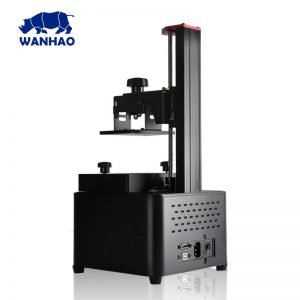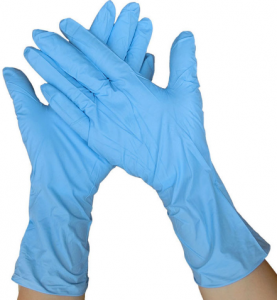
It’s surprising easy to get started 3D printing actually. You just gotta get stuck in! In this 3D printing tutorial, we cover the basics to help you understand how you can get set up 3D printing for yourself.
Step 1: Buy a 3D printer
First of course you need to buy a 3D printer! There are many 3D printer types out there but our preference at L3D is resin printers. Why resin printers? Well mainly because;
- They’re easier to learn
- Easier to get great results on
- Can produce much better quality prints and very intricate details compared to FDM printers.
- Even the budget resin printers work well.
Of course they have their downsides as well, so for full disclosure, resin 3D printers have the following disadvantages over FDM printers;
- Printing materials tend to be more limited and more expensive than FDM
- FDM can be a better option for large prints
So whatever floats your boat, there are plenty of really good affordable options out there for either technology. For the purpose of his tutorial however, we’ll stick to SLA / DLP 3D printing.
So what do you need to buy to get started SLA/DLP 3D printing?

- An SLA / DLP 3D printer – What kind I hear you say? Well our personal favorite is the Wanhao Duplicator 7. It’s not the prettiest printer out but the prints are fairly pretty! It’s a reasonable price, can work with a wide range of affordable and specialty resins alike and has fantastic support via the Wanhao D7 facebook group.
Step 2: Buy 3D printer resin

Fun to do resins are a good place to start, I particularly recommend the Fun to do resin starter kit of resins to allow you get a feel for how different resins perform.
Of course if you are buying a specific brand of 3D printer, we recommend you start with buying the same brand resin and as your knowledge of 3D printing grows, you can get more adventurous!
Step 3: Buy yourself some disposable gloves

Whether you decide to buy them in your local shop or from our online store here, get yourself some gloves.
Resin 3D printing is a messy process and most resin suppliers recommend you do not handle the resins without gloves.
Step 4: Ensure you have a suitable laptop or PC
 You’ll need a laptop or PC ideally with an SD card slot, USB port and HDMI port. That should cover you for most 3D printers.
You’ll need a laptop or PC ideally with an SD card slot, USB port and HDMI port. That should cover you for most 3D printers.
In terms of the laptop / PC specs, it likely doesn’t need to be anything fancy once it’s reasonably up to date (e.g. Windows 7 or newer).
Do have a look at the 3D printer you’re purchasing to understand the connectivity options. If you’re unsure, feel free to send us an email, we’ll be happy to advise.
Step 5: Get yourself set up with CAD models and software
Source for 3D CAD models
You will need a source of CAD models for whatever you want to 3D print. If you’re planning to print random or common stuff, there’s an incredible collection of 3D models already designed and available for free on thingiverse.
If you’re looking to design something custom, you can use programs like freecad and sketchup if you don’t already have CAD software.
If that seems like a stretch too far for you but you do want custom files for your 3D printing needs, for a small fee you could hire the services of the likes of freelancers on Upwork or even more local services such as Ventioneer in Ireland.
Software to transfer your 3D models into 3D printing (sliced) files
So once you’ve designed or sourced the 3D model of what you want to print, you then need to “tweak” it to work on your 3D printer. We supply all our 3D printers (via email or with the printer) with the required software to get you up and running.
That’s it!
That’s the bones of what you need to get started 3D printing!
If your budget can stretch to it, there are a few extras we suggest you get such as a UV cure chamber but really once you invest in the above, you or the person you’re gifting the 3D printer to should be able to get set up and running in a matter or an hour or two.
If you have any questions at all, send us an email or drop us a comment on our facebook page and we’ll come back to you.
Kind Regards
